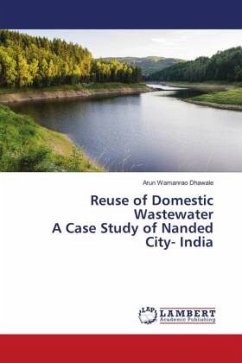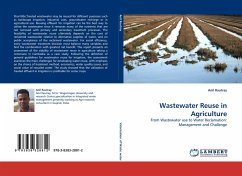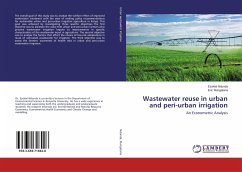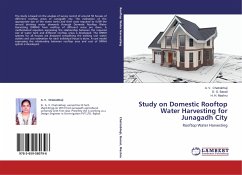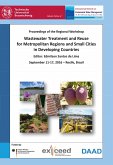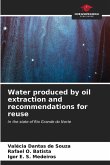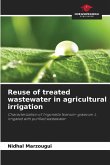It is estimated on a global scale that humans are now using over half (54%) of the world's accessible supplies of renewable fresh water and that by the year 2025, three quarters of the world's renewable fresh water supply will be committed. With increasing demand for fresh water supplies, the use of treated wastewater is a feasible way to supplement the global water resources. It can be an economical and feasible proposition. In recent years, land application of treated municipal wastewater has been heralded as an alternative to treatment and direct discharge to waterways. There are many benefits along with obstacles associated with wastewater reclamation and reuse. Wastewater reclamation and reuse can be divided into two broad categories. The first category being for the treatment of wastewater for disposal purpose in order to protect the surface waters from pollution and the second category being for the treatment of wastewater for some beneficial or controlled use that would not otherwise occur. Various degrees of pre-treatment of wastewater are normally required before applying it to the disposal site.
Bitte wählen Sie Ihr Anliegen aus.
Rechnungen
Retourenschein anfordern
Bestellstatus
Storno

